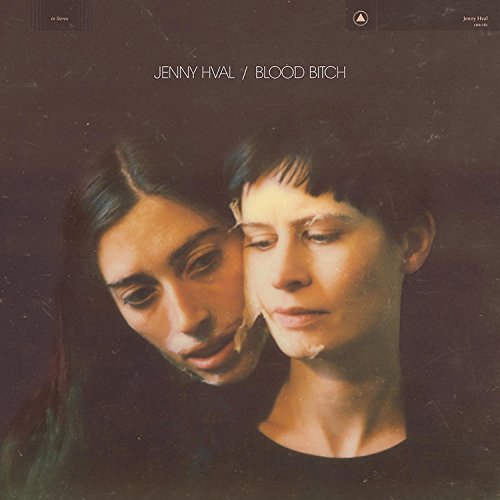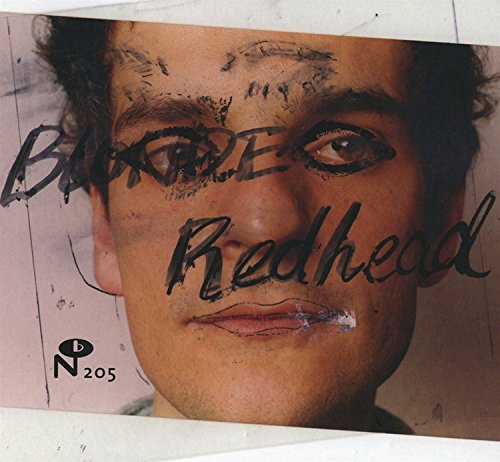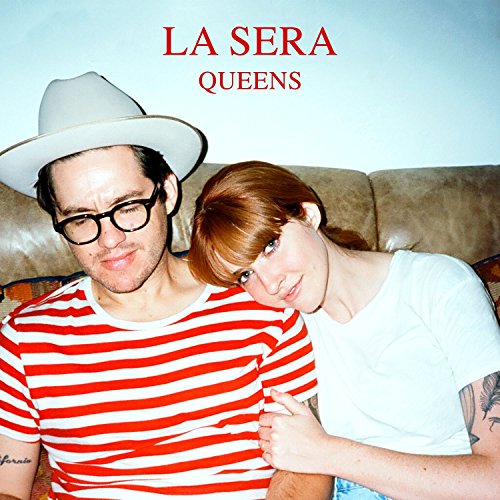The No Rock Bank Holiday Excursion: Lennon and McCartney's houses
So, living in Liverpool you can't help doing Beatles related things - you walk for a Mexican breakfast and you have no choice but to take Penny Lane; you can't avoid the bloody yellow submarine by the Albert Dock; even the most careful shopping trip can spit you out into the horrible faux Cavern Walks. And every longest journey starts at the John Lennon Airport. And so on it goes: LIPA, the Pilgrim; the fake 'beatle street' signs - it's like the City is seeking to make ammends for the crass stupidity it exhibited in the 70's when it - d'oh - bulldozed the Cavern to make space for a council carpark by turning every step into a Fab Gear Genuine Beatle step. So, you can't avoid it, even if you wanted to.
But to actively seek out Beatles shrines, that's a different step. However, a damp bank holiday weekend, a National Trust membership and time to kill makes the childhood homes of Lennon and McCartney seem like a good idea. Plus, of course, the National Trust do claim that as well as being the place where the boys learned their guitars, the houses are attractions in their own right - restored just the way they were - so there's an added historical factor that gives the Beatle Cynic an academic excuse to cover his embarrassment.
To keep the neighbours happy, you can only gain access to the places by heading off down to Speke Hall and clambering onto a minibus, giving it all a feeling of a school trip. Of course, the bus plays the Beatles and a short informative but informal introduction to the Beatles. The tone is a little odd - the National Trust isn't exactly your go-to guy for rock history, so when they tell you that Lennon is important, it doesn't have quite the same ring to it as when they're enthusing over a piece of coastline or the guttering on a nineteenth century barn; furthermore, judging by the comments books, pretty much everyone who gets on the bus is already placing Lennon somewhere on a scale amongst (depending on personal preferences) the dali lamas, elvises and mothers theresa and mary, so it's probably not especially neeeded either.
You kick off at Mendips, where John Lennon grew up. If you've ever wanted proof that his knowledge of working class heroism was on a par with our knowledge of Chicago (something seen in passing from a window, but never visited), here it is, in all its nice, middle class glory. For me, the place is eerie - I'm not wandering around wondering whereabouts he stood to write Please Please Me, but having vivid flashbacks to visiting great-aunts in the seventies, whose homes were exactly like this - down to the Izal medicated toilet paper and the gloss-painted kitchen cabinets. Mendips is done really nicely - a brief chat from the custodian (he lives in room where John's Aunt Mimi used to have student lodgers; he doesn't reveal if he baths in the post war tin bath) and then you're left alone to roam about - peer through the windows at the street where Lennon's mum was mown down by a speeding off-duty policeman, glimpse behind the cloth in the kitchen (a decidedly non-period washer drier) and flick through the numerous comments books around the place - "Why are we writing in so many books?" asks one visitor.
Then back onto the bus, and its off to Forthlin Road. Before Yoko bought Mendips for the NT, this was the Beatles tour on its own - the place where McCartney grew up. As the minibus heads there, we're told that as well as being the Macca shrine, it shows how the Trust is committed to buying places which reflect the life of ordinary people - this is the first council house purchased for the nation. It isn't quite like that in reality, of course; Mendips balances the period detail with Beatlebilia well - you're in the house before Alan Williams, Hamburg, Love Me Do; seeing the walls that Lennon's imagination needed to explode beyond; Forthlin Road is much more a church for McCartneyism - in a bid to squeeze in an audio tour narrated by Paul, Hunter Davies, Mike McCartney et al, lots of early photos, some Beatles magazines, LP covers and other such factors, the sense of a family home is lost. There's an outside toilet still, and a nice view over the Police Training College; flowers in the garden and an old twin tub machine to illustrate the trouble Paul's Dad had trying to bring up his lads after his wife died, but it still feels more like wandering round a museum than visiting someone's home.
Then its back on the bus, back to Speke Hall. And has it made a difference? Well, not really - as we get off, airplanes taxi along the runaway at John Lennon, beneath the stupid cartoon self-portrait logo, and I wince just the same. And nothing will make Band On The Run forgivable. But there is something about seeing the places where knees were scuffed and fingers cut on first guitars which does take away some of their pomp; gives Sir Paul and Saint John back a little of their humanity. The tape may ramble on about how huge and important the two were, but the funny thing is? The tours make them seem much more impressive, because it undelines how ordinary they were.









No comments:
Post a Comment
As a general rule, posts will only be deleted if they reek of spam.